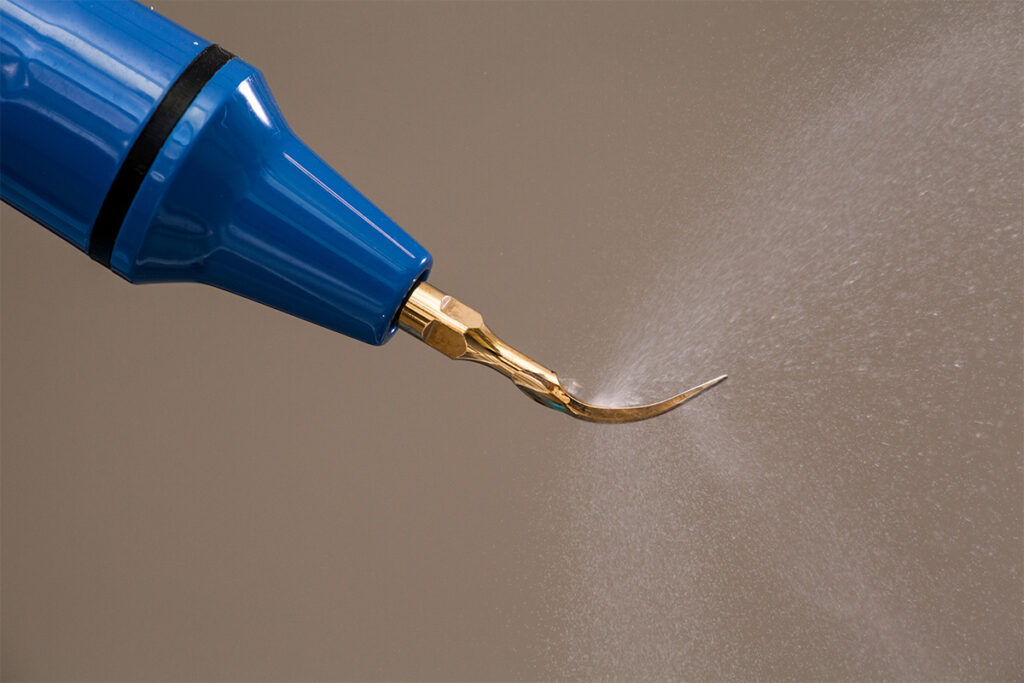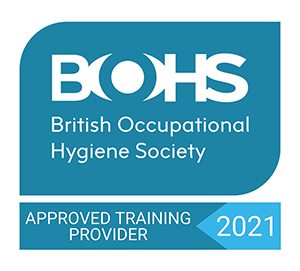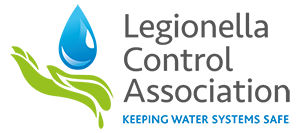A risk assessment is required under COSHH, regulation 6; Management Regulations, regulation 3 & HSW Act, sections 2, 3 and 4.
Summary
These Regulations require employers to make a suitable and sufficient assessment of the risks from any work liable to expose employees to any substance hazardous to health, before that work is carried out. Employers are also required to make an assessment of the risks to other people not in their employment who may be affected by the work activity. They are also required to regularly review the risk assessment, and make any necessary changes as a result of the review.
Overview
The risk assessment could be described as both a building survey and an audit. The risk assessor will need access and probably escorting to all areas of the building which contain water, this would mean everywhere that there are taps etc. and also areas where pipework passes through.
There are a number of things which contribute to Legionella risk; in simple terms the level of aerosol (spray) has an impact ie. buildings with lots of showers can be higher risk than those without, exposure levels also have an impact. Of course the ability of Legionella bacteria to grow is a huge factor and this is based on such things as water temperatures, contaminants such as scale or corrosion (rust) and any areas where water use is limited or outlets are not used.
In addition to this any arrangements to manage the risk will need to be audited – this would include things like training records, disinfections, temperature checks and management nominations (amongst other things).
Typical Findings
There are a number of things which may be flagged up as issues in the risk assessment; below are some common examples:
• Scaled shower heads
• Cold water temperatures elevated over 20°C
• Areas of low water use
• Any potential safety issues
• Cold water storage tanks in poor condition
Having known and worked with Duncan for over 10 years, he carried out risk assessments across a large number and wide range of properties, producing accurate reports and schematics, whilst working well with site staff to ensure the work was undertaken on time and to a very high standard.
David Renshaw, City of London Corporation
Implementation & Compliance
Once you have the risk assessment report there will be a number of recommendations or actions. Some will be based on legal duties or may be guidance/best practice. Completing the recommendations will both move the building in the direction of being physically safer and also move the business towards legal compliance.
In short by completing all the actions you should have:
• Nominated responsibilities
• Put together a scheme of precautions (plan) for controlling the risk
• Implemented the plan and completed various monitoring checks
• Kept records of all these
• Made sure that everyone involved is competent
Working with Duncan has always proved to be easy. Speed of response and delivery of projects is always 100% – it’s so reassuring to be able to have complete faith in a supplier. Would highly recommend. Have provided Legionella Risk Assessment and some really superb training programmes. A smooth, easy partnership.
Jo Cameron, Bureau Veritas
Legislative Cascade
The Health and Safety at Work etc. Act 1974
The Management of Health and Safety at Work Regulations 1999 (MHSWR)
The Control of Substance Hazardous to Health Regulations 2002
The Notification of Cooling Towers and Evaporative Condensors Regulations 1992
ACoP and Guidance L8 2013
HSG 274 Technical Guidance
BS 8580-1:2019
HTM 04-01
HTM 01-05
HSG 220 Care Homes
HSG 282 Spa Pools



